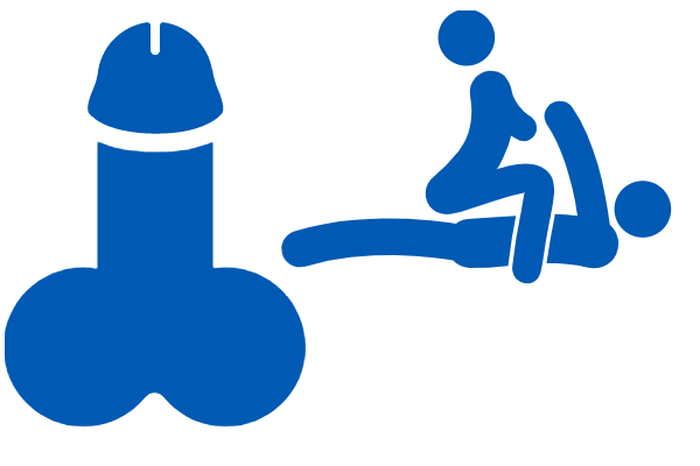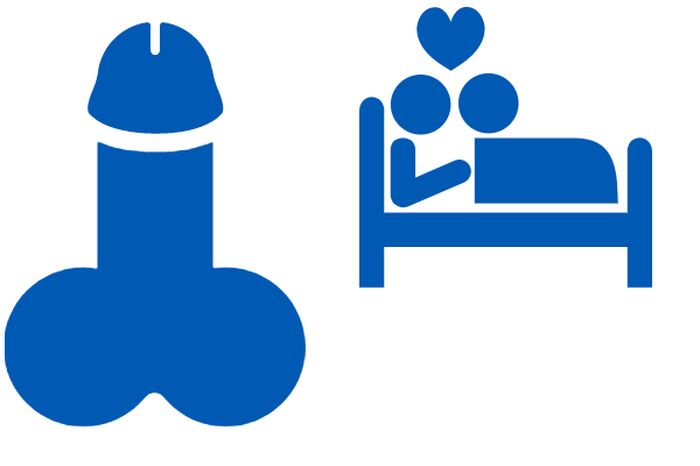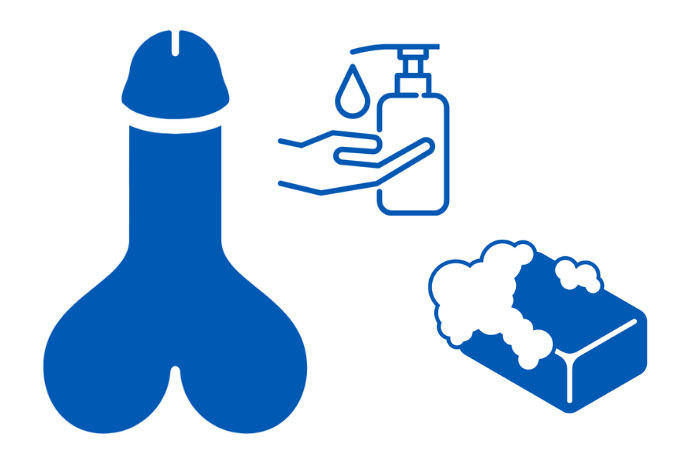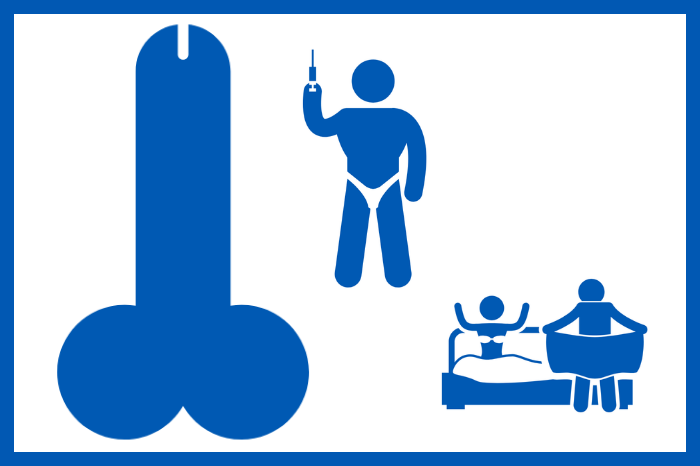Facts about the intimate parts of the male body
We share an overview of what a man's body looks like, take a look!

The different parts of the penis:
- The body - the long part of the penis
- The glans - the head of the penis
- The foreskin - skin that covers the glans
- The meatus or urethral orifice - hole where urine comes out
The penis can vary in size because it is made up of erectile tissue. Inside it is like a sponge that fills with blood to increase the size of the penis and make it rigid in the erection.
glans and foreskin
The head of the penis, called the glans, is the most sensitive part of the organ. When the boy is born, the glans is covered and protected by the foreskin.
The foreskin is attached to the glans by means of a strip of skin called the frenulum. It is very sensitive to the touch, especially on the underside.
Some boys and men are circumcised. This means that the foreskin has been removed and the glans is constantly exposed.
Testicles
The testes are located below the penis, in a pouch of skin called the scrotum.
The scrotum is different for every man. It can be large, small, wrinkled or fairly smooth, hairy or hairless. Generally, one testicle sits lower than the other and differs slightly in size most of the time. They are also very delicate and can be easily damaged.
testicle temperature
In normal sperm production, the testes must be at the proper temperature, which is slightly lower than body temperature.
Thus, the temperature of the scrotum is self-regulated. When it's cold, the scrotum shrinks to bring the testicles closer to the body and thus raises the temperature, and when it's hot, the scrotum expands to cool the testicles.
Erection
An erection occurs when the penis increases in size and becomes hard. Inside the penis are three columns of spongy tissue. When a man is sexually aroused, they fill with blood and the penis becomes dilated and rigid.
And just to be clear, the human penis, as hard as it may seem, has no bones!
Differences Between Erections
Erections vary in size and angle from one man to another as they are strongly influenced by genetic factors.
In an erection, the penis can point up, down, or forward.
- 25 percent of men have erections that point almost or completely towards their feet.
- 35 percent of men have erections that point almost or completely towards the abdominal area.
- 40 percent of men have erections that point almost or completely horizontally.
Most penises have a slight curvature. However, there are cases of bent penis with very accentuated curvatures that should be analyzed by a specialist doctor.
If the penis is not circumcised, when there is an erection, the foreskin usually slides back, exposing the glans. However, if circumcised, the head of the penis is always exposed, with or without an erection.
Pearly penile papules - white polka dots on the penis
These are small white bumps on the crown of the penis (the base of the glans) and are quite common.
Pearly penile papules are a perfectly normal phenomenon. The few studies carried out in this regard revealed that between 8 and 48% of men inspected had them. They seem to be particularly common in men in their 20s and 30s.
These small bumps can appear and disappear on their own throughout life. They should not be punctured or burst as they can become infected or leave scars.
They are not caused by any infection or abnormality. However, some men are self-conscious about their appearance. But in general, they do not require medical treatment, except for aesthetic purposes if the man feels very uncomfortable.
A dermatologist can remove them using a carbon dioxide (CO2) laser. It is a simple but painful procedure where the CO2 laser vaporizes the papules. After the operation, the penis will be slightly swollen and form a small scab, but it should heal in a maximum of two weeks.
testosterone
Inside the scrotum, there are two testicles. The testes produce and store millions of tiny sperm. They also produce the male hormone called testosterone, which is responsible for stimulating the production of sperm, the development of muscle mass, the deepening of the voice and the growth of body hair at puberty.
Prostate
The prostate is a gland that is part of the male sex organs. Its size is small as a nut and its function is to produce the clear liquid component of semen.
With a finger, the prostate can be felt through the anal wall, about two inches deep, on the side of the stomach.
Anus
The anus is the opening of the intestine where the stool comes out. There are hairs around the anus and they are normally distributed between the buttocks.
The anus is a sensitive area and therefore some people include it in their sexual relationships.
male intimate hygiene
And to finish the penis should be washed daily with a neutral soap, preferably.
It is important to remove smegma, a white or yellowish substance produced by skin fat and dead skin cells. It's perfectly natural, but it shouldn't accumulate under the foreskin. It has a bad smell, irritates the skin and can cause infection if not removed in the shower.



















